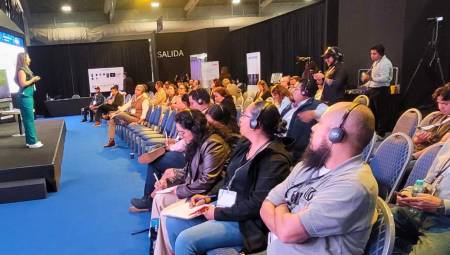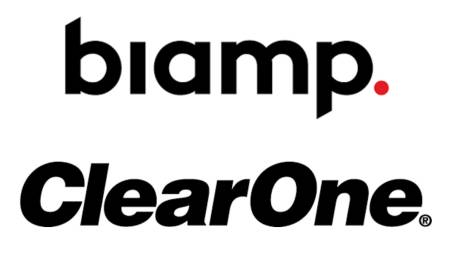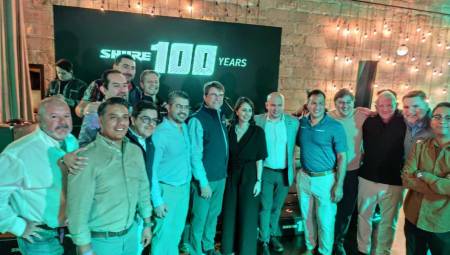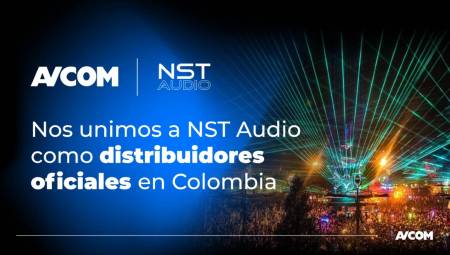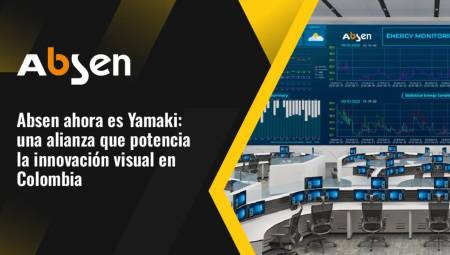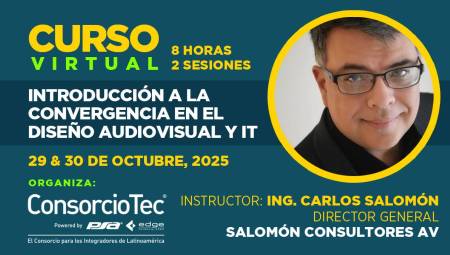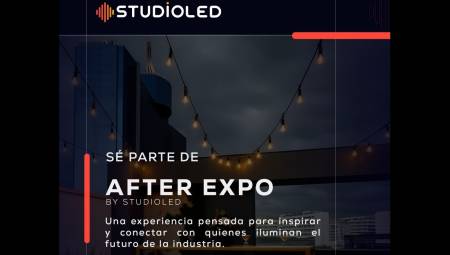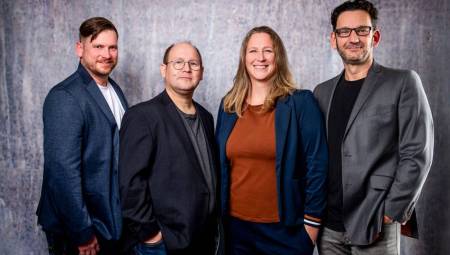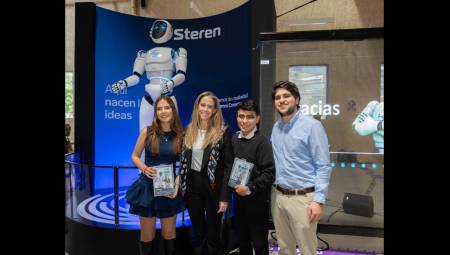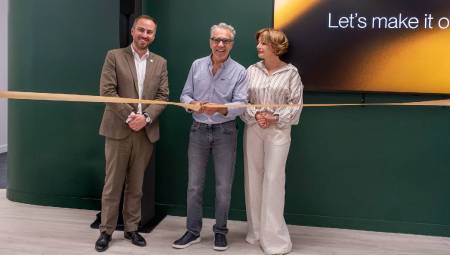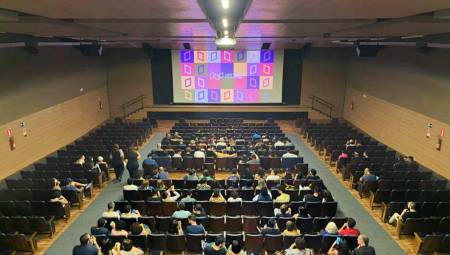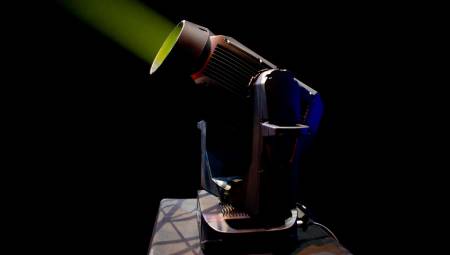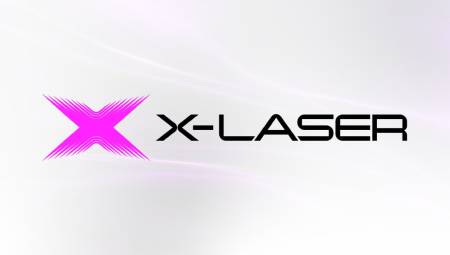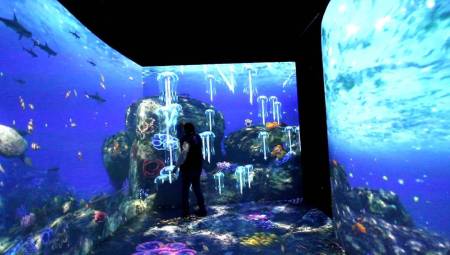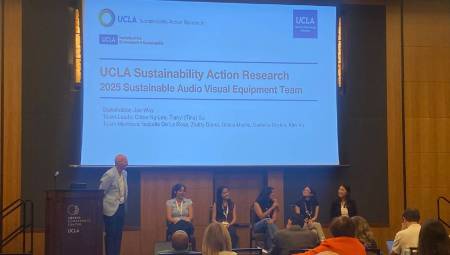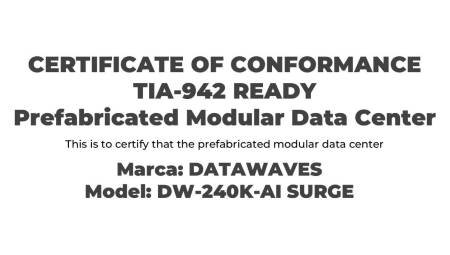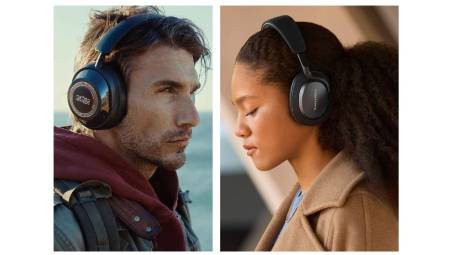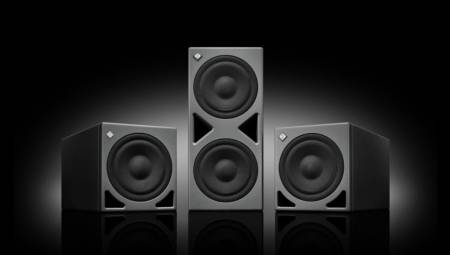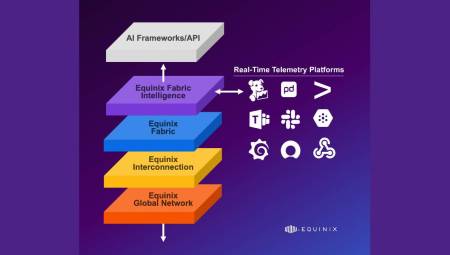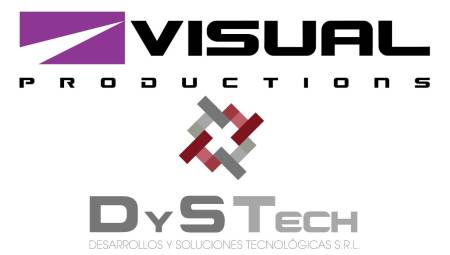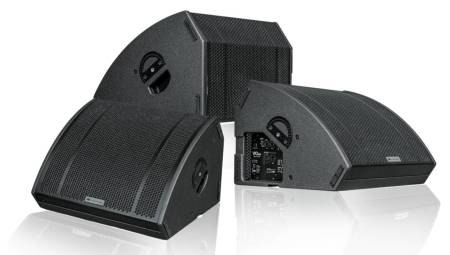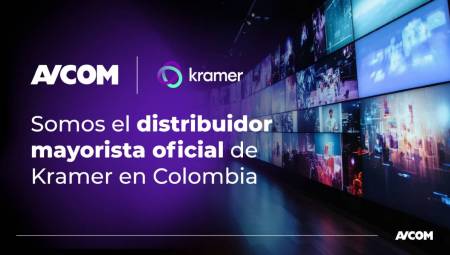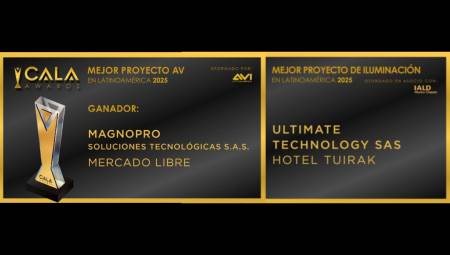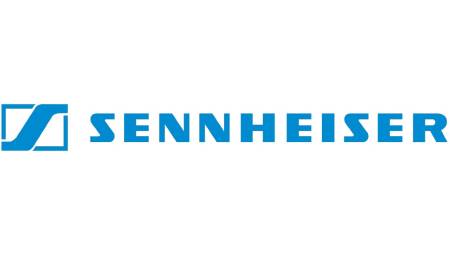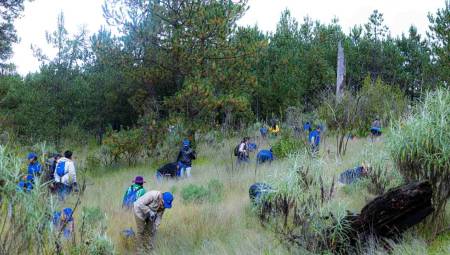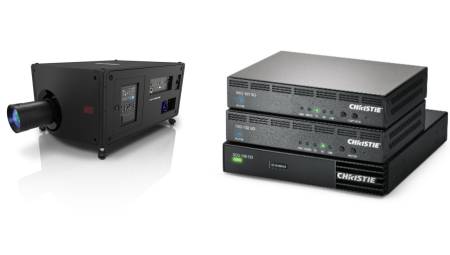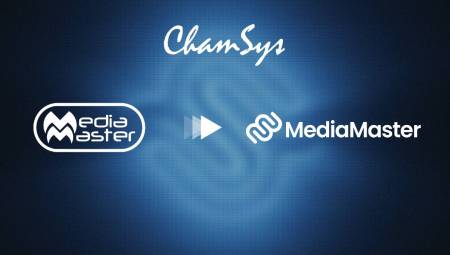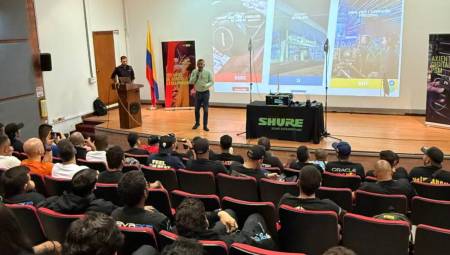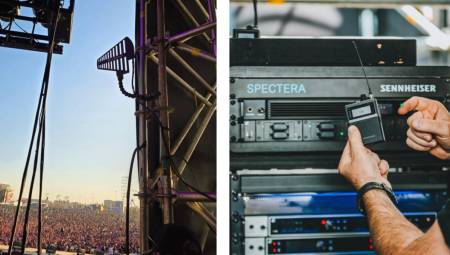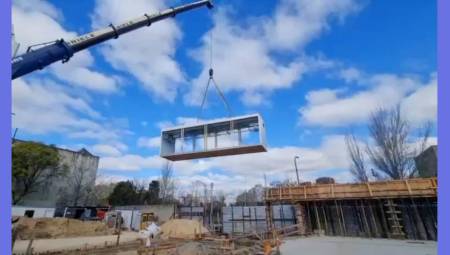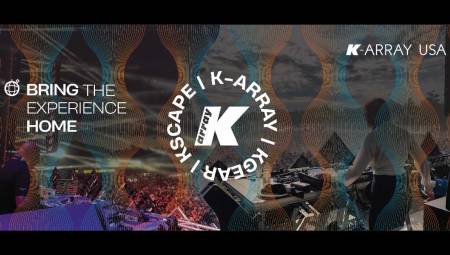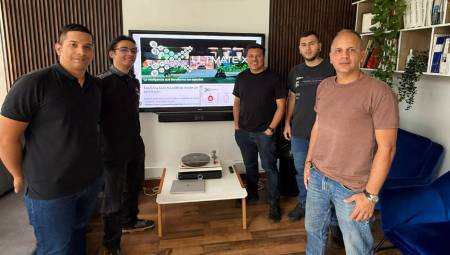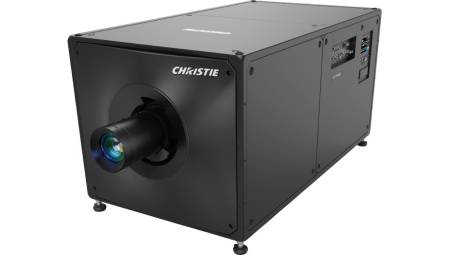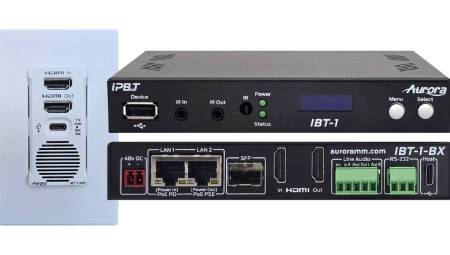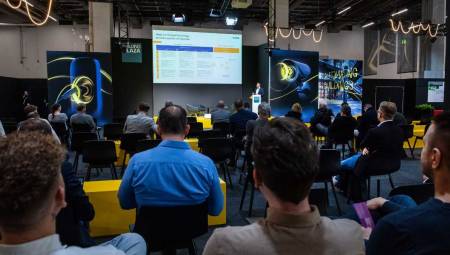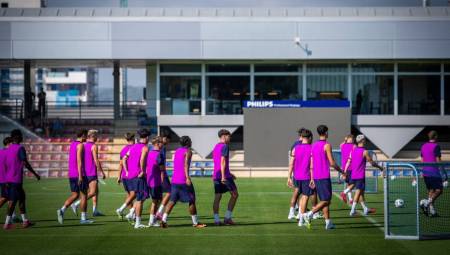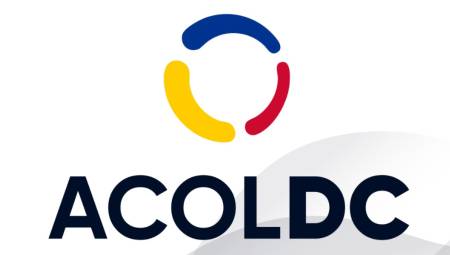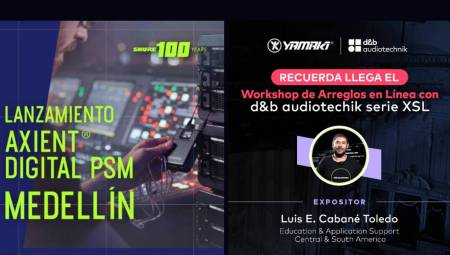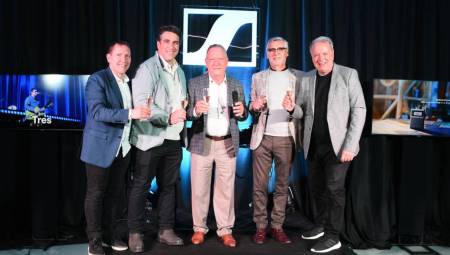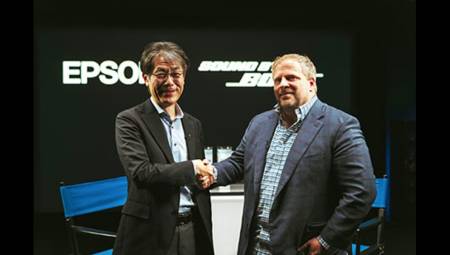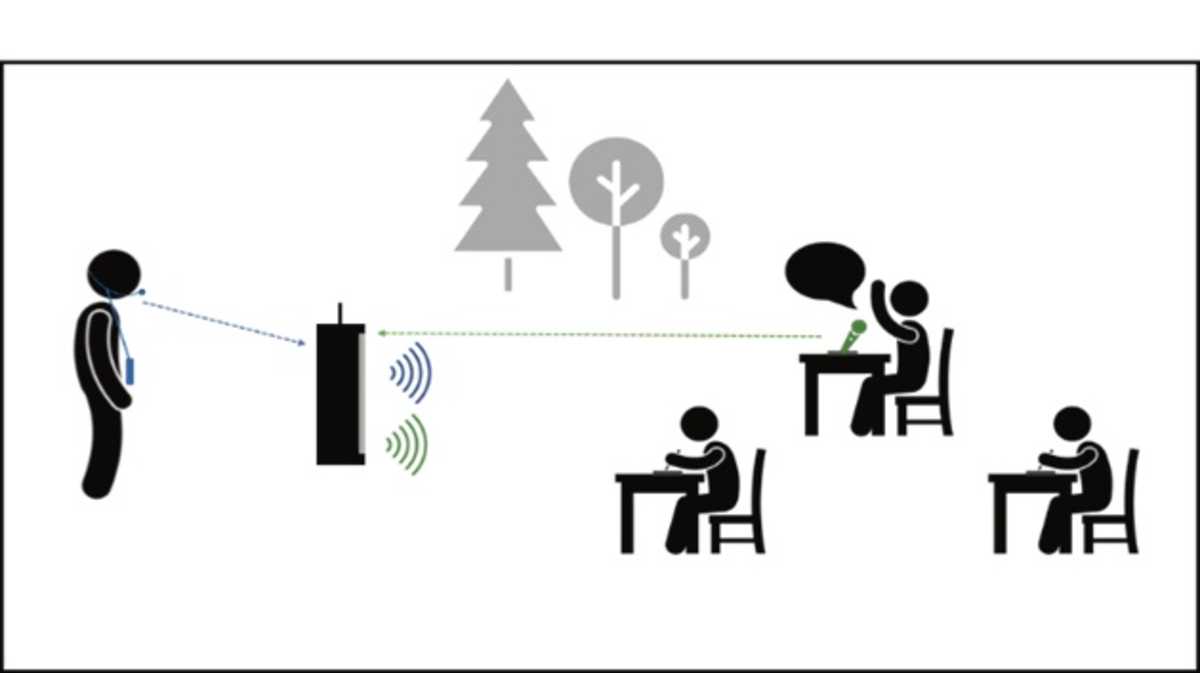 Mexico. Have you ever wondered how we will return to face-to-face school? What measures do institutions have to take to minimize the risks of students and teachers?
Mexico. Have you ever wondered how we will return to face-to-face school? What measures do institutions have to take to minimize the risks of students and teachers?
What we have clear is that many actions will have to change: we will have to bet on hybrid classes (virtual part, face-to-face part), small groups, considerable separation between tables, chairs or desks; we should also encourage the moderate voice, without shouting and screaming. Singing lessons are likely to be in open places and for some time — even when health traffic lights are set to "green" — "teams" or "teambacks" will have to be avoided. But audio systems come to the rescue. Let's review some of the CADS (classroom audio distribution system).
The following text is a document prepared by the Educational Audiology Association in the United States, which is an international organization of audiologists and related professionals who provide a wide range of hearing services to all children, particularly those in educational settings.
Covid-19: Using Classroom Audio Distribution Systems (CADS) to Improve Hearing Access for All Students
The Covid-19 pandemic has resulted in the need for physical distancing and the use of face coverings for in-person learning. These requirements reduce the communication function of all students.
In addition, face coverings have the potential to increase teacher vocal tension as a result of speaking louder to compensate for masks and distancing. Students with reduced hearing often use remote microphone technology attached to their personal hearing devices to improve auditory access to instruction.
In these cases, a classroom audio distribution system (CADS) transmits the teacher's voice to a speaker to support typically hearing students who are now faced with reduced hearing access imposed by distance and face masks.
Research has shown that wearing face coverings reduces speech signal clarity. Access to clear speech, including soft high-frequency consonants (such as "P," "SH," "F," and "S"), is critical to children's early language development and literacy, as well as their overall academic performance.
The basic acoustics of speech shows that the greater the distance between the speaker and the listener, the more difficult the message becomes for individuals to hear and understand. When background noise is introduced, oral communication becomes even more difficult for both the listener and the speaker. Younger children, English learners, and students with hearing, language, or learning disabilities are at an even greater disadvantage.
Most of a student's school day, up to 56%, is engaged in listening activities. The purpose of a classroom audio distribution system (CADS) is to evenly distribute spoken communications and curriculum content throughout the learning space or classroom. The use of CADS improves the overall signal-to-noise ratio; in this way, it provides students with better speech recognition and therefore a greater opportunity to learn.
Classrooms with multiple hard surfaces often cause "reverberation" that unifies speech sounds and makes them difficult to understand. In some situations, poor acoustics can be exacerbated by CADS. Educational audiologists employed by, or hired by school systems, have the experience and equipment to measure reverberation and ensure that the classroom will benefit from CADS.
How CADS works:
1) The master uses a wireless microphone called a transmitter. A separate pass-through microphone is shared by students. Special COVID safety precautions will need to be instituted unless students are wearing face coverings.
2) The sound signal is sent from the transmitter directly to the speakers within the learning space, distributing the sound evenly around the classroom. Battery-powered CADS are particularly effective in outdoor spaces in mitigating background noise and distance.
Advantages of a CADS system
Reduce vocal tension and teacher fatigue
Reduce hearing fatigue and improve student attention
Improve auditory access to instruction for ALL students (compatibility with specific assistive technology used by students who are deaf or hard of hearing needs to be considered)
Reduce class stress and behavioral problems
Improve participation, interaction and learning in the classroom
Text published by the company Multimedia, a Mexican company pioneer in technology integration systems.






































